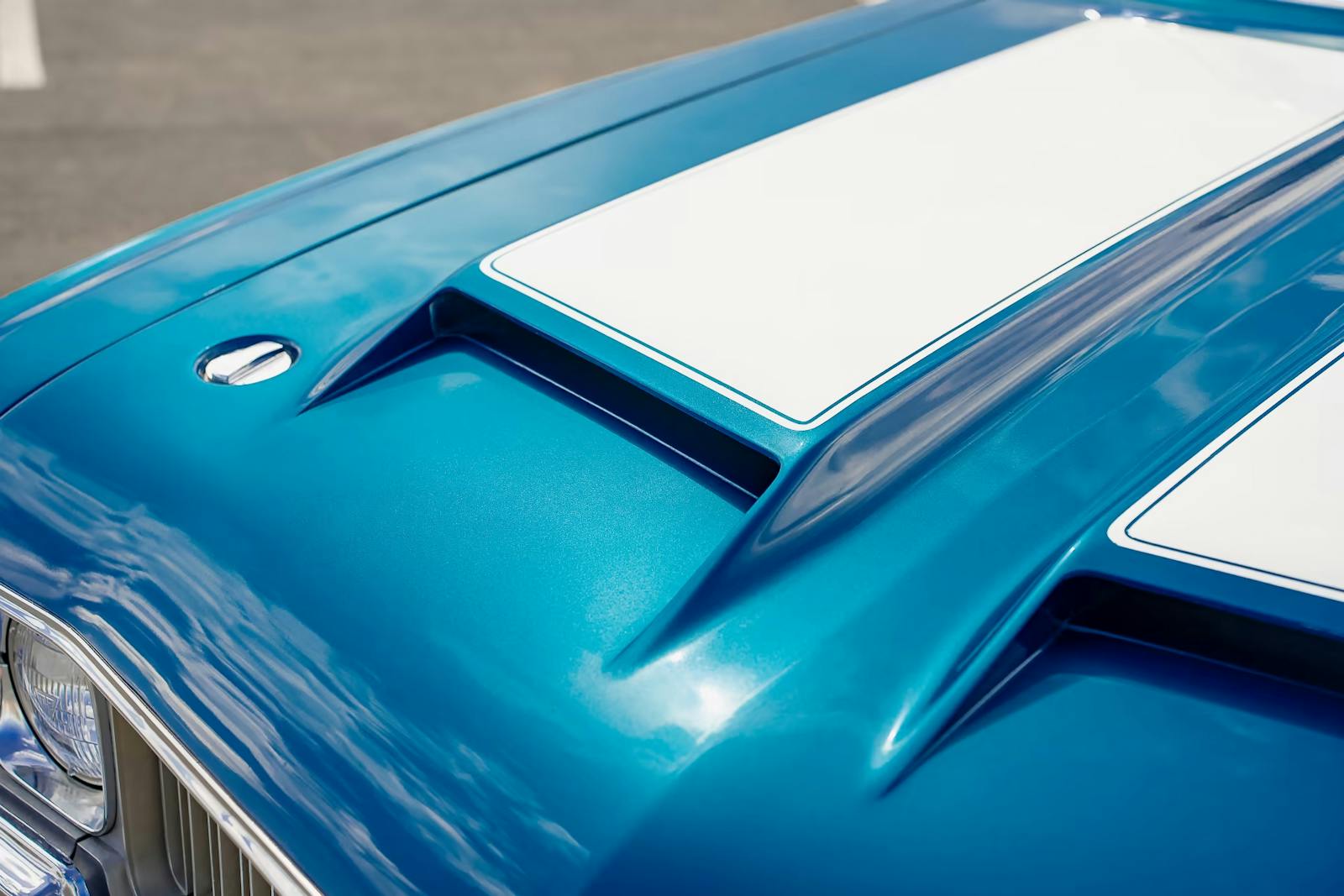Media | Articles
The Unkillables: Five collector cars that may outlive you
Choose your apocalypse scenario — nuclear, super volcano, comet strike or zombie — and it’s widely hypothesized that the cockroach will be the last multi-cellular life form standing. Or maybe the cockroach just has a good PR firm, but if said cockroach is hiding under the third seat in the back of a Volvo 240 wagon when the apocalypse strikes, well then, we totally buy it. Here are five collector cars that, like the cockroach, are nearly unkillable:
- 1978-89 Porsche 911SCand 3.2-liter Carrera: Porsche has always been a company with a great deal of pride and the ability to respond to adversity. From day one, Porsche produced beautifully constructed sports cars, mainly by hand. Sadly, within a few years (in all but the driest climates) they essentially biodegraded. Porsche’s response was to introduce galvanized body shells in 1976 that were nearly impervious to rust. Also, in the mid-1970s, Porsche 911 2.7-liter engines began to prematurely grenade themselves. For 1978, Porsche re-engineered its famous flat-six to the point where 250,000 to 300,000 miles are attainable before an overhaul is necessary. In a famous episode of “Top Gear,” Porsche hater Jeremy Clarkson tried to kill one by crashing it into a concrete building, dropping a piano on it and shooting it with a shotgun. No luck.
- 1959-93 Volvo PV544, 122, P1800 and 240: Volvos are famous for safety and longevity. And it truly is amazing how many elderly Volvos one still sees trundling the streets college towns of a certain political persuasion like Berkeley, Calif.; Boulder, Colo.; and Madison, Wisc. The abnormal psychology professors of the world would all be rendered instant pedestrians if the aforementioned Volvos suddenly disappeared. Need more concrete proof of vintage Volvo longevity? Ask Irv Gordon of Long Island, N.Y. His P1800 has done more than three million miles, or about three roundtrips to the moon.
- 1948-80 Volkswagen Beetle: The Beetle is another car that will seemingly provide regular transportation indefinitely for those how don’t care about things like acceleration, adequate heat and crumple zones that don’t include their limbs. Beetles are reasonably durable cars but that isn’t the real secret to their longevity. While they disappeared from the U.S. in 1980, until recently they were built in places like Brazil and Mexico. Consequently, there is an enormous supply of inexpensive Latin American parts that will fit earlier cars. Your fender or running board has rusted away? No worries, there’s an Hecho en Mexico part for you. Cylinder or crankshaft cracked? Brazil, baby. Eventually, most Beetles will suffer from the Queen Anne’s Axe syndrome (it’s all original but the handle has been replaced twice and the blade is new). But who cares? They’ll still be out there after most of us are gone.
- 1960-62 Plymouth Valiant: The first-generation Valiant is a totally underappreciated collector car. Back in the day, Road & Track found it to be the best of the new American compact cars intended to fight off the first wave of imports. The cool Virgil “Excess” Exner styling had a lot of the same elements of the big Chrysler 300s but the real secret to why the Valiant makes this list is the engine — Chrysler’s famous “Slant-Six,” so named because it was canted 30 degrees so that it would fit in the lower hood line cars that were becoming fashionable. There are those who swear that the cylinder bores are lined in diamond dust or some such substance. 100,000 miles is mere break-in mileage for a Slant-Six. The engine was so tough that it found its way into numerous truck, marine, agricultural and even motor home applications.
- 1964½-1966 Ford Mustang: Few people are aware that the Mustang was anything but new from the ground up when it debuted in April 1964. The humble Ford Falcon (also suitable for this list) donated its robust underpinnings to create the first pony car that became the darling of the burgeoning youth market. All the engine and transmission options, which consisted of two straight sixes (170 and 200 cubic inches) and two V-8s (260 and 289 cubic inches), as well as a three-speed and four-speed manual and an autobox, are noted for their durability. Like the Beetle, Mustangs are rust-prone, but reproduction sheet metal is plentiful and relatively cheap and everything else is available to ensure that there will be Mustangs running when the car celebrates its 100th anniversary.
Marketplace
Buy and sell classics with confidence










